By P Abigail Sadhana Rao
“Every time I have had a problem, I have confronted it with the axe of art.” ~Yayoi Kusama, Contemporary artist
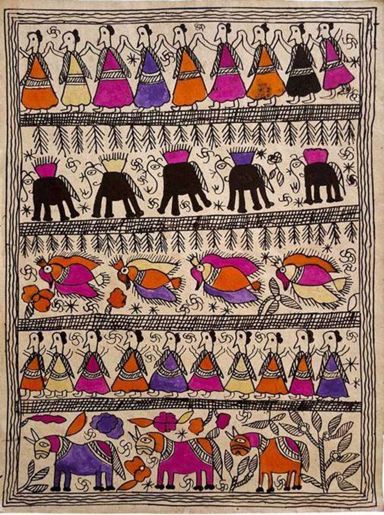
Every year on March 8, people around the world remember and celebrate the contributions and achievements of women throughout history and across cultures. International Women’s Day stands both as a testament and a celebration of not just women but also progress made by them in the fight for equality and to acknowledge the work that still needs to be done to ensure that they have equal rights and opportunities.
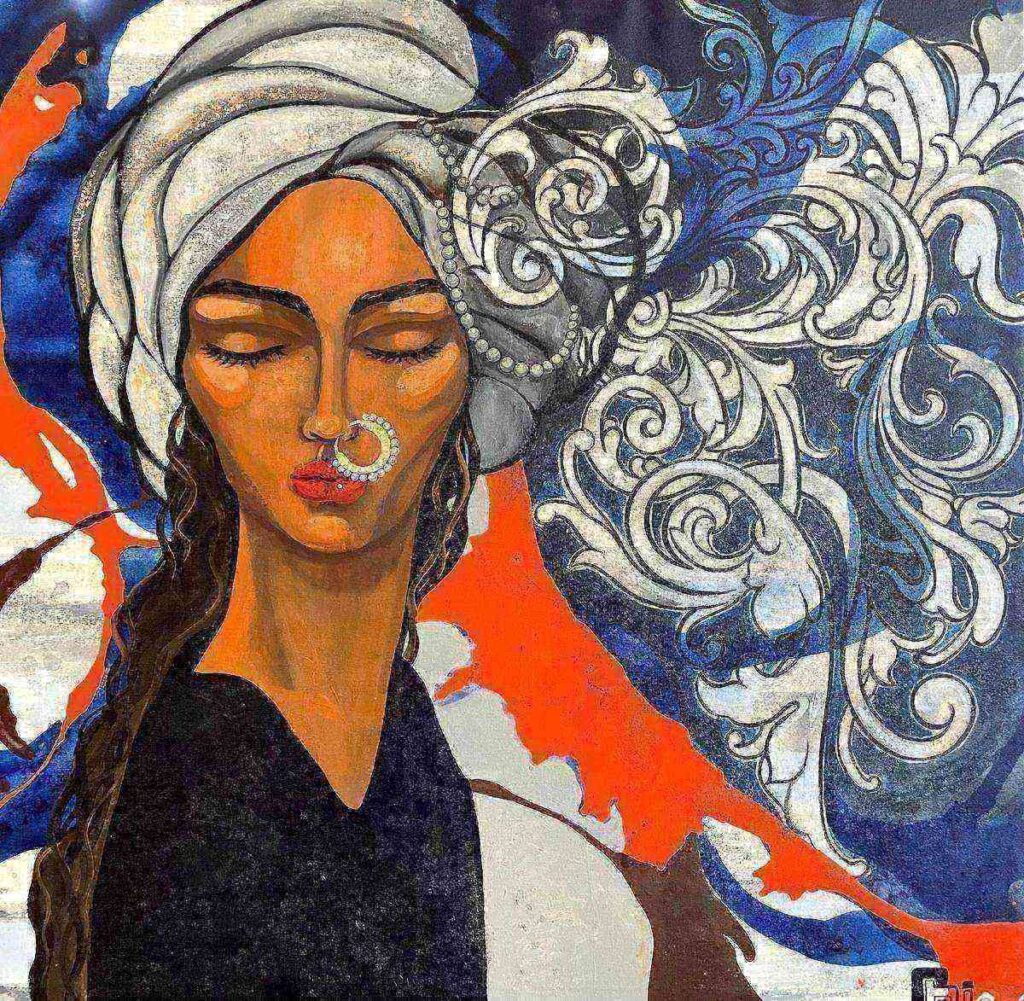
Art has always been an important tool for women to express themselves and share their experiences with others. Historically, they have often been excluded from the art world, and their contributions have been overlooked or undervalued. Many of them, all over the world, have had limited access to education and training, and if not that, then discrimination based on their gender, and social expectations that dictate their roles tend to hold them back. The burning persistence of patriarchal attitudes in the art world continues to impede their growth.
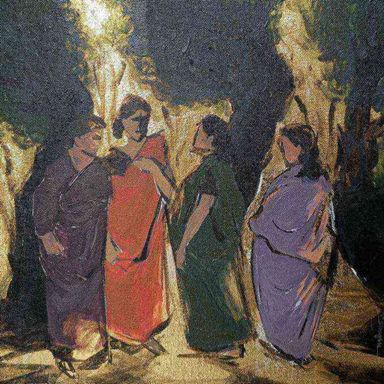
Nonetheless, women have resiliently used art to tell their stories and challenge the status quo. They have continued to create and innovate, leaving a lasting legacy in the world of art and other male-dominated industries. Let us explore how women have used the “axe of art” to inspire, educate, and empower themselves and others.
The earliest examples of women in art are the Paleolithic cave paintings found in France and Spain, which date back more than 20,000 years. Some of the paintings suggest that women were involved in hunting and gathering activities, challenging the traditional view of women as passive and domestic. We do not know for sure who created these paintings, it is likely that they would have played a significant role in the creation of wall art back in the day.
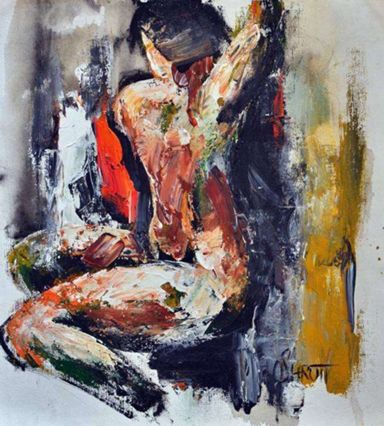
Throughout the Middle Ages, most of them were typically excluded from formal instruction in the arts, although some women were permitted to pursue their creative abilities through monastic orders. Hildegard von Bingen was a talented composer and artist who created many works of music, poetry, and visual art. Her spiritual experiences and visionary works have influenced generations of artists and writers.
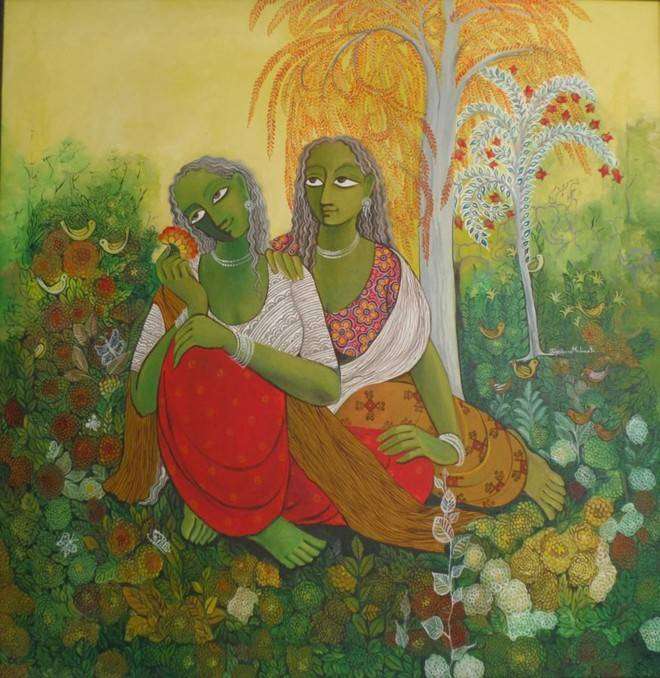
During the Renaissance, some of them achieved recognition and success, often through the support of influential patrons. Artemisia Gentileschi, an Italian painter, is one of the most famous women artists of the Renaissance. Her powerful paintings, which often depicted strong women from myth and history, challenged the male gaze and established her as a respected artist in her own right.
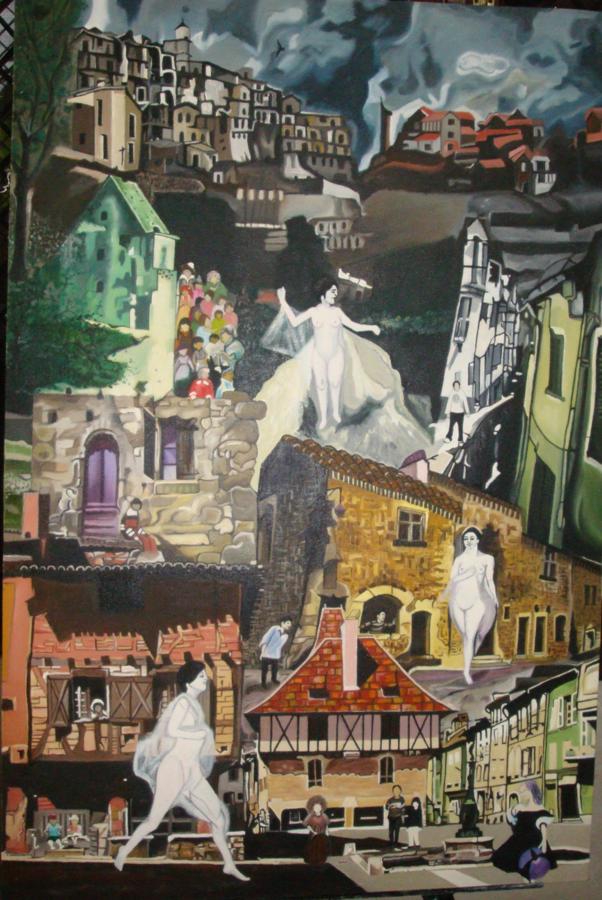
In the 19th and early 20th centuries, women artists began to organise and advocate for greater recognition and opportunities. During the Suffrage Movement, the Suffrage Atelier produced posters and banners featuring artworks that depict images of women working, fighting, and standing together, promoting a vision of solidarity and empowerment.
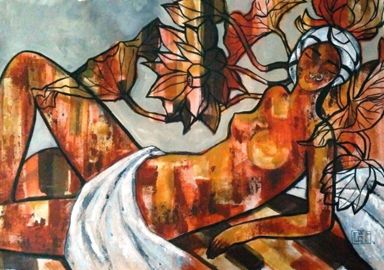
The feminist art movement of the 1960s and 70s was a watershed moment for female artists, as they began to challenge the male-dominated art world and assert their own voices and perspectives. Almost around the same time, a few Indian artists too began to assert their own voices and perspectives, often using their art as a means of social critique and political engagement.
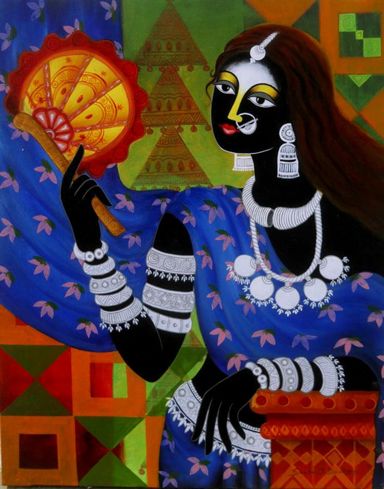
Artists such as Arpita Singh, Nalini Malani, and Anjolie Ela Menon have created works that explore issues such as gender, identity, and politics, often using unconventional materials and techniques to create powerful and thought-provoking images. Through their art, these women are raising awareness of important social issues and inspiring change and social justice in India and beyond.
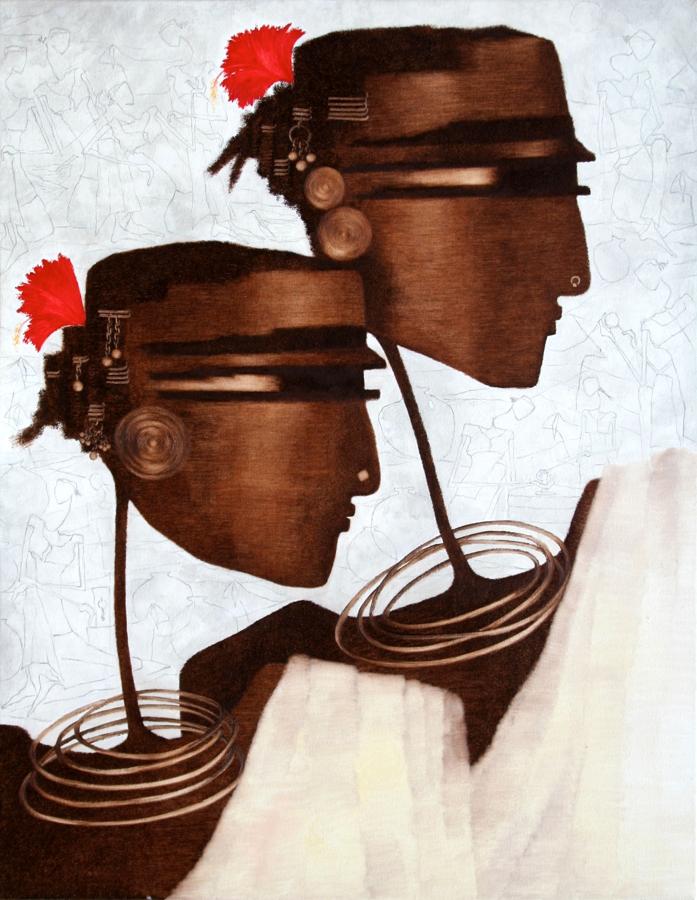
Today, they still do continue to make important contributions to the art world, challenging stereotypes and pushing boundaries. Some of them are pushing through barriers by using technology to create new art forms, while others are exploring the intersections of art and activism. For example, the Guerrilla Girls, a collective of anonymous women artists, use satire and humor to call attention to issues of gender and racial inequality in the art world.